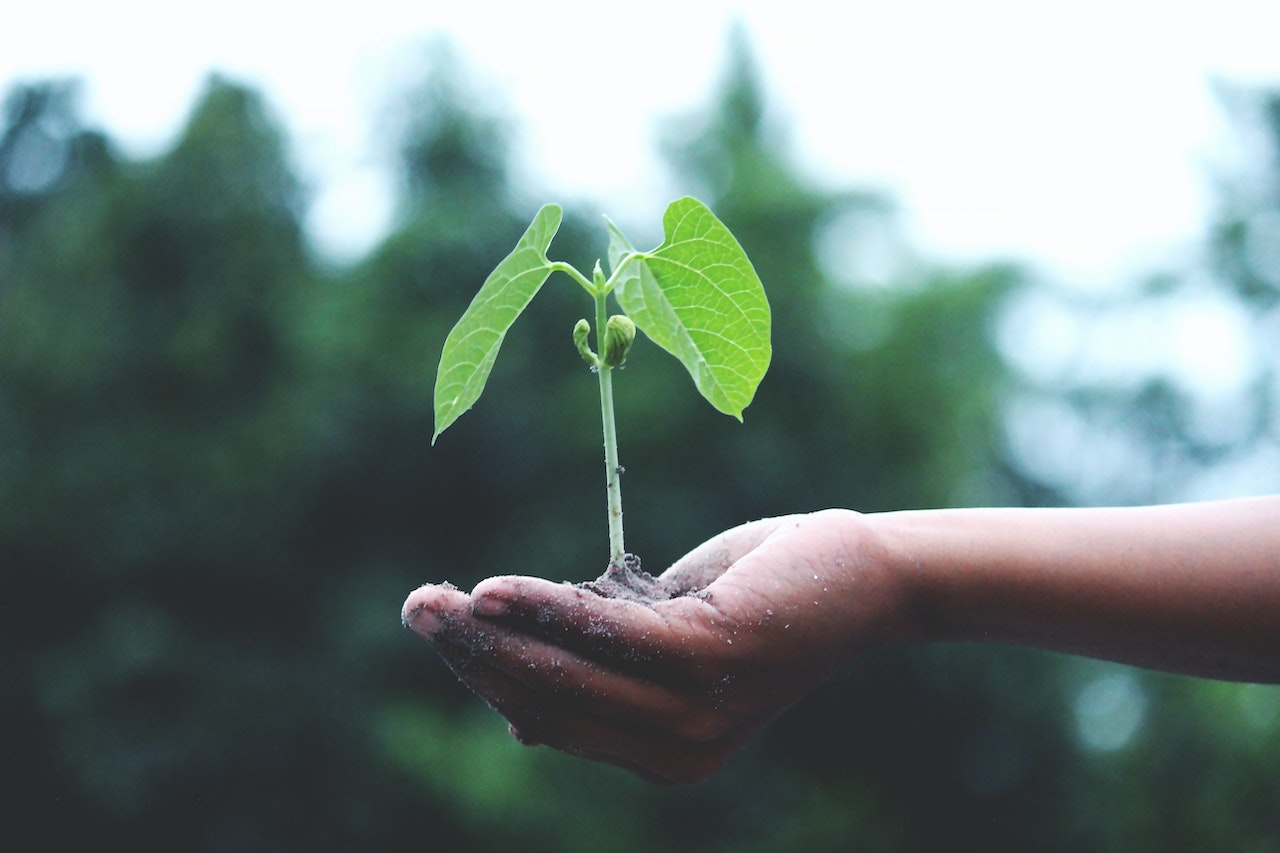This post was originally published on Sustainability Matters

The CSIRO has developed a monitoring system for water quality that combines data from water sensors and satellites to provide near-real-time monitoring and forecasts — much like a weather service.
Initial testing of the AquaWatch Australia Mission system has been completed in South Australia’s Spencer Gulf, an area that provides much of the country’s seafood.
The Spencer Gulf test site is the first in Australia to demonstrate that the AquaWatch technology works. Successful testing was undertaken in partnership with SmartSat CRC and the South Australian Research and Development Institute (SARDI).
Now, the team’s focus has turned to collecting data to inform the area’s thriving aquaculture industry; this could include warnings about harmful marine events such as algal blooms.
“The Spencer Gulf is called ‘Australia’s seafood basket’ for good reason,” said CSIRO Senior Scientist Dr Nagur Cherukuru.
“The region’s aquaculture will put seafood on the table for thousands of Aussies these holidays, with the local industry’s production worth over $238 million a year.
“We’re reaching out to the industry to be early adopters of AquaWatch, allowing them to monitor and forecast water quality as we build the system.”

Spencer Gulf aquaculture pens.
Kirsten Rough, Research Scientist at the Australian Southern Bluefin Tuna Industry Association, said the Spencer Gulf is a great area for aquaculture because it typically enjoys good water quality that makes for healthy fish. However, she explained that current water monitoring efforts need improvement.
“In certain conditions, algal blooms can form, which threaten our stock and can cause significant losses for the industry,” Rough said.
“Whilst we do monitor water quality, it’s currently time-consuming and labour-intensive.
“Real-time monitoring means we can scale up surveillance and adjust feeding cycles. Early-warning forecasts would allow for planning decisions like moving pens out of the way of harmful algae,” she said.
SARDI oceanographer Dr Mark Doubell said its AquaWatch partnership with CSIRO had significantly boosted the water quality monitoring needed to support the ecologically sustainable growth of aquaculture in the region.
“The delivery of real-time data and improved satellite observations on water quality provides new information that complements existing operational oceanographic models to inform on the ecologically sustainable use and development of our precious marine systems,” Doubell said.
Professor Andy Koronios, CEO of SmartSat CRC, said his team was working hand in hand with CSIRO to harness data from satellites so as to better manage a valuable resource.
“AquaWatch is establishing critical infrastructure through a state-of-the-art data system and national water sensor networks to help our country become more resilient to extreme weather and adverse marine events.
“The technologies and capabilities that we are developing for the nation will result in commercial opportunities in aquaculture, in fisheries and in making Australia a high-tech nation,” Koronios said.
CSIRO is inviting Traditional Custodians and industry partners to help co-design the next phase to extend water quality monitoring of the Spencer Gulf and deliver data to decision-makers and Elders.
For more information, visit https://www.csiro.au/AquaWatch.
Top image caption: An AquaWatch water quality sensor in the Spencer Gulf. Images courtesy of CSIRO.





0 Comments